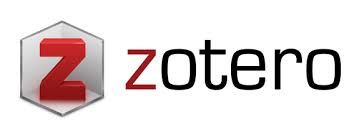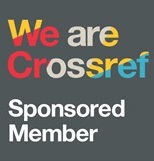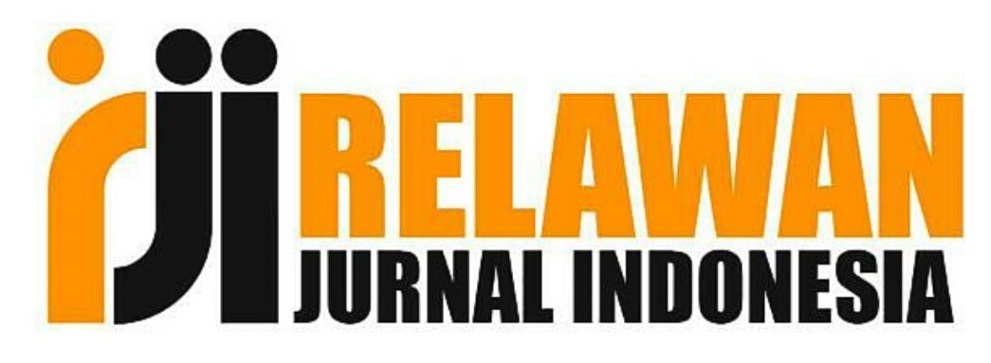Pemanfaatan Teknologi Informasi dan Komunikasi Berbasis Aplikasi Media Sosial dalam Mendukung Penerapan Bidang Ilmu Jurnalistik di Era Digital
DOI:
https://doi.org/10.36277/abdimasuniversal.v5i1.291Keywords:
training, journalism, information and communication technology, digital era, catholic youthAbstract
The use of Social Media (Medsos) applications and the integration of Information and Communication Technology (ICT) has developed and is influential in various fields of human life. The use of computers in the digital era is part of the life of Catholic Youth. The correct use of computers in various OMK activities can increase effectiveness, efficiency and measurability. The existence of the journalistic field can influence the ability and increase the creative power and sensitivity of OMK in filling public spaces. However, various journalistic activities such as reporting and publication carried out by OMK through various means such as social media are often still constrained by aspects of knowledge, attitudes and skills. This causes various OMK activities to not be able to make a positive and real contribution so that journalistic training is needed. The aim of training for OMK is to enrich knowledge, shape attitudes and improve skills for various ICT-based journalistic activities. Journalistic training methods include the first stage: pre-training (questionnaire), the second stage: training implementation (lectures, writing practice, presentations), and the third stage: training evaluation (interviews and questionnaires). The results of journalism training showed good and very good values in the cognitive aspects of 35 people or 71.42%, affective 42 people or 85.71%, and psychomotor 36 people or 73.46% so it is hoped that OMK can improve various journalistic activities by utilizing ICT in the digital era so that it becomes professional.
Downloads
References
Daftar Rujukan
Arumsari, N. et al. (2022). Menjadi Jurnalis Milenial di Era Digital. Jurnal Harmony, 7(2), pp. 106–111.
Erawaty, D.P. & Irwansyah, N. (2019). Indonesia Journalistic Code of Ethics (News Aggregation Study). Journal Pekommas, 4(2), p. 197. Available at: https://doi.org/10.30818/jpkm.2019.2040210.
Hamna, D. (2017). Eksistensi Jurnalisme Di Era Media Sosial. Jurnal Jurnalisa, 3(1), pp. 106–120. Available at: https://doi.org/10.24252/jurnalisa.v3i1.3090
Karunia, Y.E.D. (2021). Pastoral Berbasis Data: Vitalitas Umat Kevikepan Sulawesi Tenggara Dalam Lima Pilar Gereja, IX(2), pp. 1–11.
Nafiati, D.A. (2021). Revisi Taksonomi Bloom: Kognitif, Afektif, dan Psikomotorik. Humanika, 21(2), pp. 151–172. Available at: https://doi.org/10.21831/hum.v21i2.29252.
Nduru, M.P. (2019). Penilaian Aspek Kognitif, Afektif dan Psikomotorik. Jurnal Pendidikan Guru Madrasah Ibtidaiyah, 6.
Plenden, D.O.R.C. et al. (2021). Manajemen Evaluasi Hasil Belajar Kognitif, Afektif, Psikomotorik: Tatap Muka dan Daring. Jurnal Prakarsa Paedagogia, 4(2), pp. 2–7. Available at: https://doi.org/10.24176/jpp.v4i2.7257.
Rijal, S. (2021) Jurnalistik: Bahasa dan Media.
Setiawan, W. (2017). Era Digital dan Tantangannya. Seminar Nasional Pendidikan, pp. 1–9.
Susanto, H. (2015). Gereja Memperhatikan Orang Miskin Sebagai Revelasi Dan Kontemplasi Substansi Evangelium: Refleksi Kristis Atas Dokumen Evangelii Gaudium. Jurnal Sosial Humaniora, 8(1), p. 77. Available at: https://doi.org/10.12962/j24433527.v8i1.1244.
Suseno, A.W.E. (2017). Imaji Biblis dan Dogmatis tentang Pertobatan yang Menggembirakan. Jurnal Teologi, 6(2), pp. 105–124. Available: https://doi.org/10.24071/jt.v6i2.996.
Tekege, M. (2017). Pemanfaatan teknologi informasi dan komunikasi dalam pembelajaran SMA YPPGI Nabire. Jurnal Teknologi dan Rekayasa, 2(1), pp. 40–52. Available at: https://uswim.e-journal.id/fateksa/article/view/38.





















